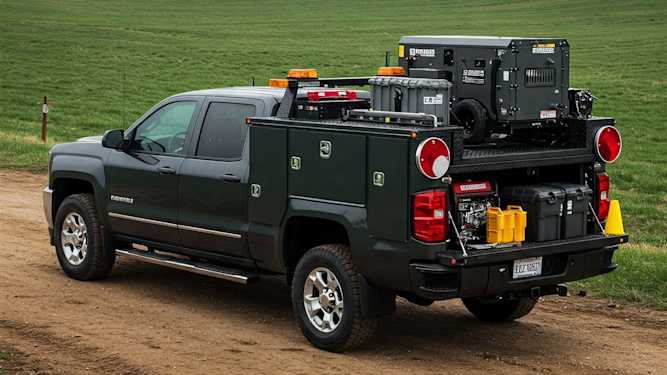The Latest Buzz
What are Farm-to-Market and Ranch-to-Market Roads?

What Are Farm-to-Market Roads?
Farm-to-Market roads are designed to connect agricultural areas to towns and markets, facilitating the transport of crops and other farm products.
- Purpose: These roads help farmers move crops, dairy, and other goods to markets or processing centers. This can include transporting grain to silos or taking fresh produce to local farmers' markets.
- Location: FM roads are common in regions where agriculture is the primary economic activity, providing essential routes that support the livelihood of rural communities. The states know for farm-to-market roads are Texas, Missouri, Ohio, and Louisiana.
What Are Ranch-to-Market Roads?
Ranch-to-Market roads serve ranching areas, catering specifically to the transportation needs of livestock and ranch supplies.
- Focus on Ranching: RM roads are built to support the movement of cattle, horses, and other livestock, as well as transporting feed and ranching equipment.
- Rugged Design: These roads often run through more remote or rugged terrain, as they connect ranches to towns and marketplaces.
What’s the Difference Between a Farm-to-Market and Ranch-to-Market Road?
In rural areas of the United States, particularly in Texas, Farm-to-Market (FM) and Ranch-to-Market (RM) roads are essential for connecting agricultural and ranching areas to urban centers. Though they share similarities, these roads serve slightly different purposes, which can impact local economies and logistics, a few distinctions that separate them are:
Farm-to-market roads have an agricultural focus:
FM roads are mainly for the movement of crops, while RM roads are intended for transporting livestock and ranching products.
Ranch-to-market roads are designed around and exist for transporting livestock:
RM roads may be designed to handle heavier loads like livestock trailers and navigate tougher terrain, whereas FM roads often connect directly to crop fields.
In Texas you will see specific signage identifying each:
Texas has formalized the use of FM and RM road signs, making it easier for travelers to distinguish between the two based on their destination.
Why Are These Roads Important for Rural Areas?
Both FM and RM roads are vital for the local economy and everyday life in rural communities.
- Economic Boost: They make it possible for farmers and ranchers to quickly transport their products, helping to keep goods fresh and support local markets.
- Improved Access: These roads improve connectivity for rural residents, providing access to healthcare, schools, and emergency services.
Looking to map out rural roads more accurately? Bee Maps can be a source of consistently and high quality street-level imagery to help track road conditions and keep maps updated for both agricultural and ranching needs.
Get in touch to learn how we can support rural development!
Share Post


